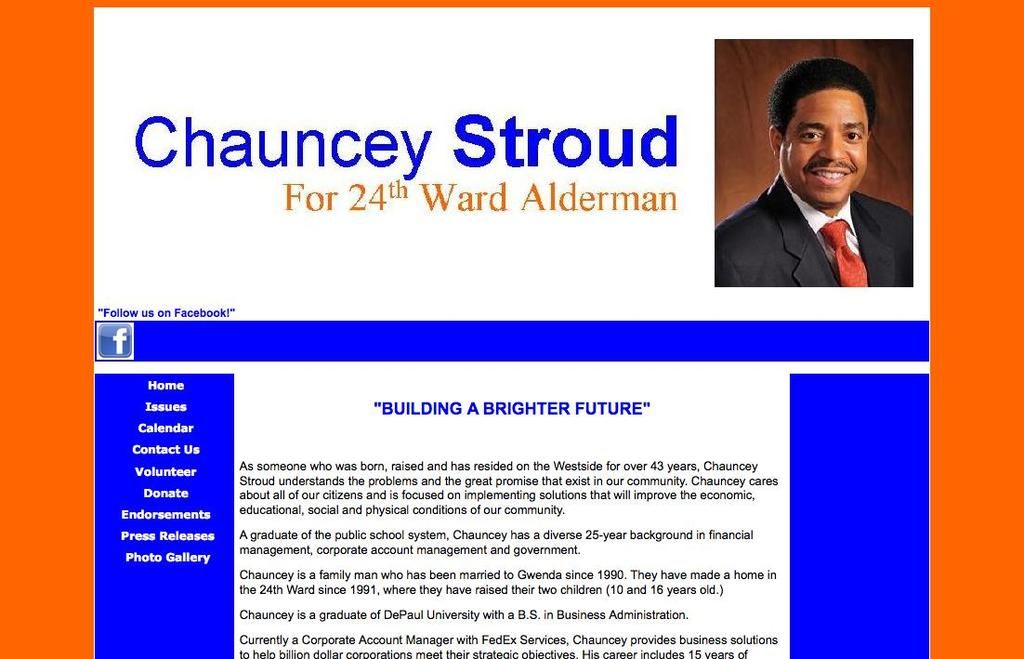Contemplate whether to persist with the investment in Smithson Trust.
Unleashing the Potential of Smithson Investment Trust (LSE: SSON): A Comprehensive Overview
The initial public offering of Smithson Investment Trust marked a significant milestone, raising a whopping £822 million from investors. Resembling a silver bullet, this investment trust, managed by Terry Smith of the £22.5 billion Fundsmith Equity Fund, targeted small- and mid-cap investment strategy. However, its journey has been neither a walk in the park nor a clear success story.
With an aim to deliver a similar investment experience to the Fundsmith Equity Fund, the trust seeks to provide a superior risk-adjusted return, mainly through global small- and mid-capitalisation listed companies[1]. Despite the promising start, the trust has not managed to outperform its expectations, raising questions about its strategies and performance.
The Rollercoaster Ride of Returns
Since its inception, Smithson's net asset value has grown annually by 8.2%, lagging behind the MSCI World SMID index by a slim margin of 0.1%. The wide discount, however, has translated into a disappointing 6.6% annual return[1], painting a gloomy picture for investors. Last year, the gap widened further, with the trust returning just 2.1% on a net asset value basis, whereas its benchmark soared by 11.5%[1].
In a desperate bid to turn things around, the trust has emptied its coffers on share buybacks, shelling out over £500 million on its own stocks[1]. Surprisingly, despite this outlay, it still trades at a double-digit discount[1].
Transformation on the Horizon
Recognizing the need for change, manager Simon Barnard has recently redefined Smithson's strategy to focus on the smaller end of the £500 million - £15 billion market-cap range. Hoping to find the metaphorical 'multi-bagger companies' of the future, the team believes this shift will breathe new life into the trust's performance.
However, the trust faces stiff competition, with its high fees (0.9%) and persistent discount indicating a limited future[1]. The question remains whether this strategic change will be enough to salvage Smithson's faltering fortunes.
The Elephant in the Room: Activism and Pressure
The wide discount to net asset value has not gone unnoticed, with Saba Capital, a New York-based hedge fund, taking a keen interest. Recent filings reveal that Saba Capital Income and Opportunities Fund II had an economic interest of £7.4 million in Smithson as of 31 October. While Saba hasn't officially revealed its plans, its history of activism suggests it may be gearing up for a showdown with Smithson[1].
The Ticking Time Bomb: Continuation Vote
With a double-digit discount to net asset value, Terry Smith's own investment vehicle, Smithson, might have to hold another continuation vote this year. With 9.6% of votes against continuation last time, the future of the trust is far from certain[1]. In 2024, Smithson faced a similar situation, but the board's attempt to skirt the issue sparked an almighty row.
Seeking Greener Pastures for Small-Cap Growth
Despite its rich history and promising initial steps, Smithson has struggled to replicate the success of Smith's large-cap focused Fundsmith Equity Fund. Given its underperformance and persistent discount, investors may find better returns by chasing small-cap growth elsewhere.
First published on our website's magazine. Stay ahead with our website subscription, where you'll find exclusive early access to news, opinion, and analysis from our team of financial experts.
*Footnotes:
[1] The trust's own website[2] Investor's Chronicle, December 2023[3] FT Adviser, February 2024[4] Fund Strategy, May 2024*
- TheSmithson Investment Trust, despite its initial success in raising a significant amount of capital, has not been able to deliver the promised superior risk-adjusted return, causing concern among investors due to its underperformance compared to its benchmark.
- With its high fees and a persistent double-digit discount, the Smithson Investment Trust faces stiff competition in the small- and mid-cap investment business, leading some to question whether its recent strategic changes will be enough to salvage its faltering fortunes, especially in light of potential activism from hedge funds like Saba Capital.





